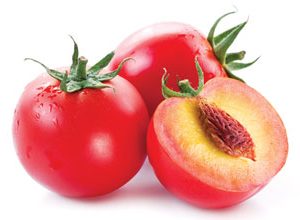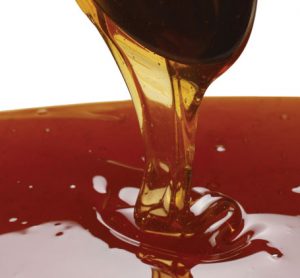Food fraud prevention – beyond adulterants and to decision-making
27 October 2014 | By John Spink, Assistant Professor and Director of the Food Fraud Initiative, Michigan State University / Douglas C. Moyer, Assistant Professor, Program in Public Health, Michigan State University
Food Fraud is a very hot topic at the moment and the development of a ‘Food Fraud Vulnerability Assessment’ is the next important step. There are several major projects underway that will shape our industry. Fortunately, project teams are collaborative and many of the same thought leaders are working together.…




























